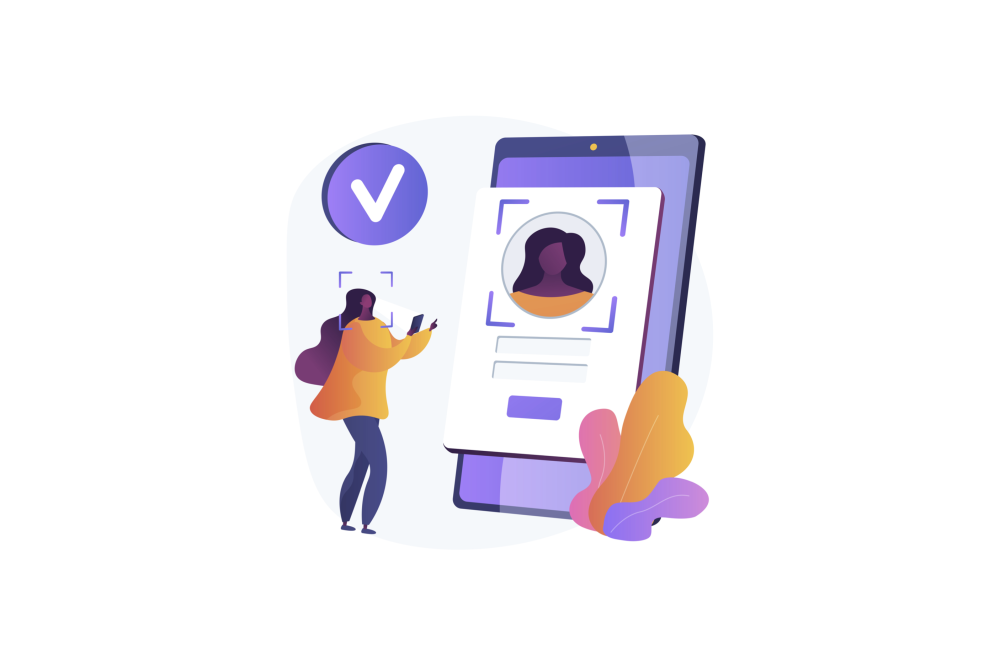Face verification vs. face recognition: Differences and use cases Written on

In recent years, facial recognition and verification technologies have gained widespread use and popularity across a range of industries. From unlocking smartphones to identifying criminals in surveillance footage, these technologies have become increasingly common in our daily lives.
However, despite the similar-sounding names, there are significant differences between face verification and face recognition. While both involve analyzing facial features and characteristics, they serve distinct purposes and are used in different contexts.
In this article, we will explore the difference between face verification and face recognition, the technologies behind them, and their respective applications in various fields.
💡 Face verification and face recognition are not the same thing and serve different purposes.
Comparing face verification and face recognition
To simply explain the difference between face verification and face recognition, let's look at day-to-day examples.
You're at home and want to open a bank account. You open your laptop or pick up your phone and log on to the bank app or website. With the device's camera, you scan your ID. Then you take a selfie. Identities are verified using both images (ID and selfie).
This is face verification.
Face verification refers to the process of verifying whether two images or videos contain the same person or not. This task is typically used in situations where an individual is required to prove their identity, like opening a bank account or checking in to a hotel, in a seamless and convenient manner.
Now, imagine you're walking down the street. Before you know it, CCTV cameras are scanning the crowds and matching faces to a database of suspected individuals. It’s not optional and there is no direct benefit to you from it.
This is face recognition.
Face recognition is often used in surveillance systems, law enforcement, or marketing research. For example, Facebook uses face recognition to automatically tag users in photos.
💡 Face verification requires the user’s knowledge and agreement. Face recognition doesn't.
Use cases for face verification
While face recognition is mostly used by authorities, any industry or organization can use face verification to authenticate customers, including banks, hotels, eCommerce, and physical workspaces. By using this technology, the verification process becomes more convenient for the user while also increasing security for the organization.
Below, you can find a short description of the most common industry use cases.
Face verification in banking
One of the primary use cases of face verification and authentication in mobile banking. It can fully replace text messages or other one-time codes which are much less secure and prone to identity theft and fraud. By using face verification technology, banks can streamline the account opening process and verify a customer's identity more quickly and securely. It can also be used to authenticate users during day-to day transactions, allowing customers to perform financial transactions from the convenience of their own devices with the added security of biometric authentication.
Face verification in hospitality
Hotels and other accommodation providers can use face verification technology to create a completely digital check-in process, providing a more personalized and convenient experience for guests, and increasing the revenue per available room.
Face verification technology can also provide hotels with new ways to improve their operations and increase revenue. For example, it can be used to grant access to private areas of the hotel, such as the gym or pool, to leverage up-selling and cross-selling opportunities, or to streamline the ordering and payment process at the hotel's restaurant, vending machines, or other facilities.
Face verification in the digital workplace
With biometric identity verification systems, workplace authentication procedures can be simplified, new employees can be onboarded more quickly, and core interactions can be more secure. By combining human face recognition with passwordless authentication, users can access systems, ERP logins, and online accounts for third-party corporate tools (such as videoconferencing, access control cards, and vending machine cards), while reducing fraud and information leaks.
Face verification in retail
With the advent of more sophisticated online shopping and eCommerce websites, cybercrime has also increased. Password breaches in eCommerce can lead customers to distrust merchants. Adding face verification to the log-in process and when customers check out provides another layer of security.
But face verification in retail isn't limited to online shopping. It allows retailers to customize the in-store experience and make it more convenient. Loyalty and reward programs can be accessed instantly — no cards, passwords, or codes are required.
Face verification in the web3
With the rise of cryptocurrency exchanges and digital wallets, there has been a corresponding increase in the number of scams and hacking attempts aimed at stealing users' assets. Face verification technology can help address this problem by providing an additional layer of authentication that is difficult to replicate or bypass. By using face verification to verify the identity of users, cryptocurrency companies can ensure that only authorized individuals are able to access and manage their accounts.
Moreover, face verification can help cryptocurrency companies comply with regulatory requirements related to Know Your Customer (KYC) and Anti-Money Laundering (AML) policies, by providing a reliable means of verifying the identity of their users.

💡 Face verification helps businesses to improve the customer experience, streamline operations and increase security.
Key takeaways
- Face verification and recognition technologies have become increasingly popular in various industries.
- Face verification and face recognition have distinct purposes and are used in different contexts.
- Face verification can be used in banking, hospitality, the digital workplace, retail, and the cryptocurrency industry to streamline processes, increase security, and enhance the customer experience.
Experience a more secure and convenient way of verifying customers' and users' identities by discovering our identity verification solution.






